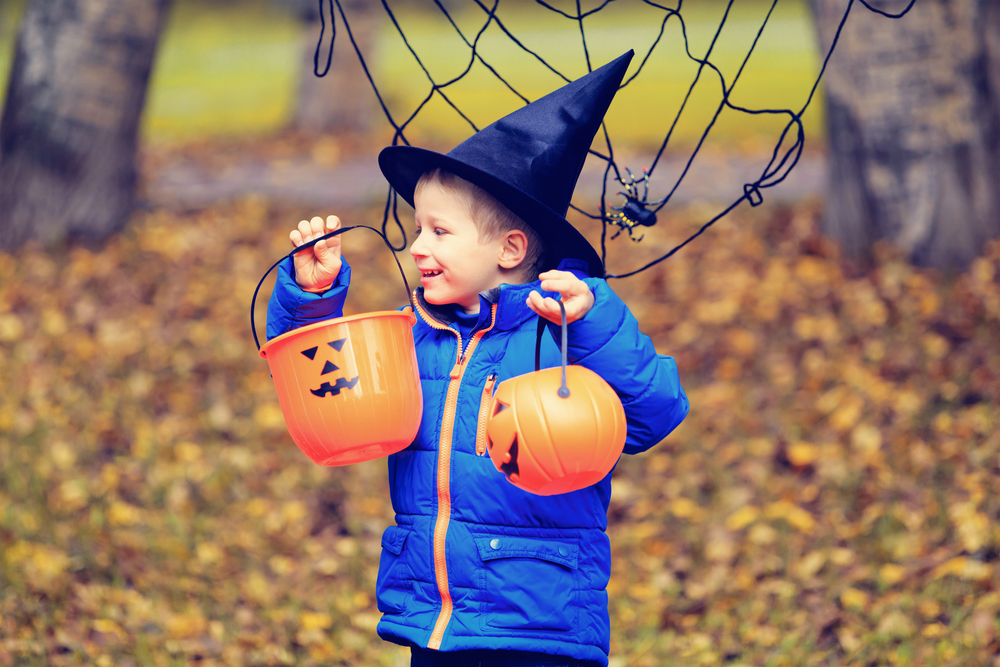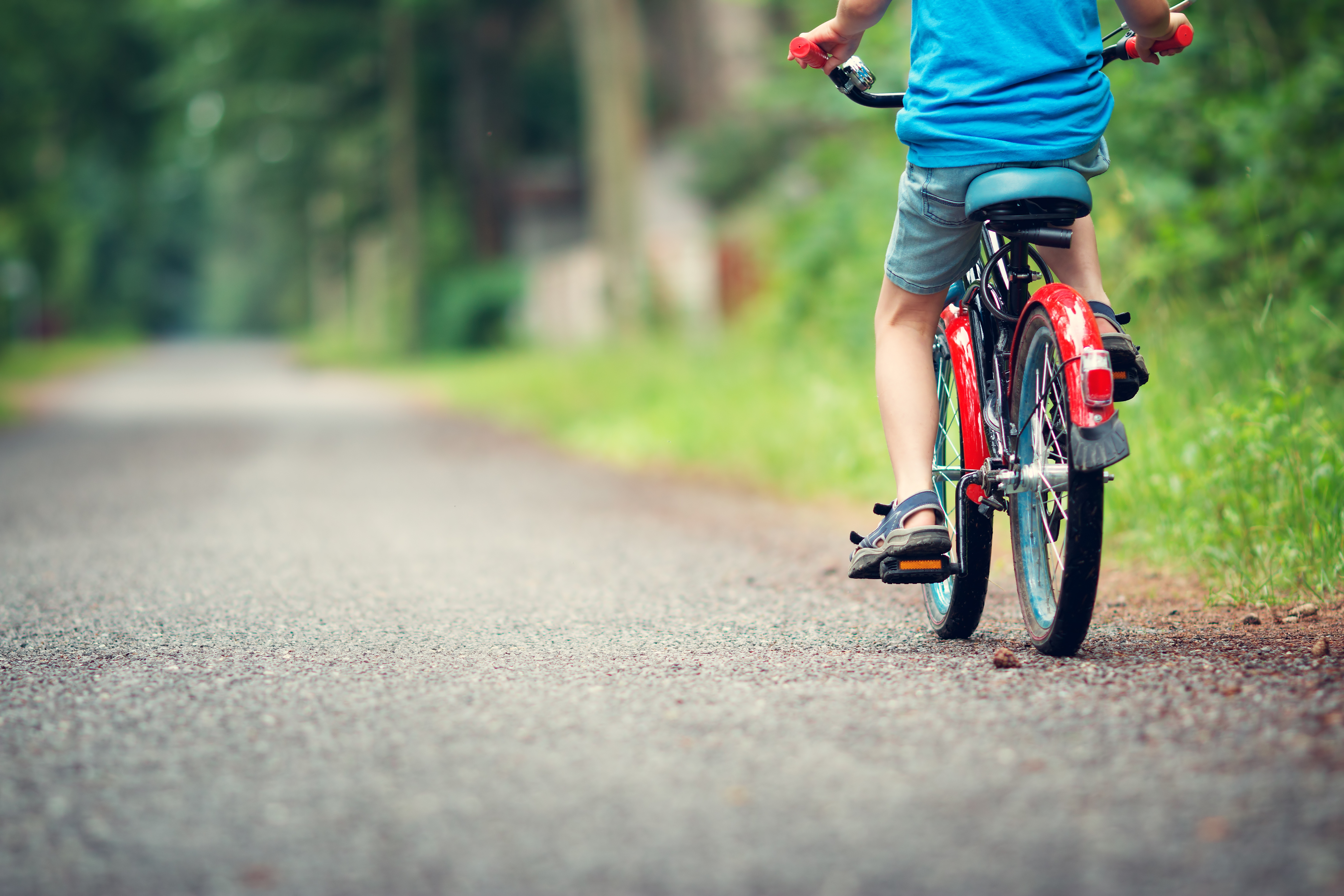Time spent at the park allows children to socialize, get some exercise, and explore and engage with age-appropriate challenges in a supervised environment. Even with an adult supervising the fun, accidents can still happen– bruises, falls, scraped knees and elbows, and other risks and injuries are all possible on the playground. According to the Canadian Public Health Association, “An analysis of playground falls between 1994 and 2003 estimated that each year 2,500 children below 14 years of age were hospitalized for serious injuries. Of this total, 81% had suffered a fracture while 14% were admitted for a head injury…”. Teaching kids about the importance of playing safe and the rules of the playground is critical in avoiding injuries and maintaining fun. Here are some things you can do to ensure your child remains safe.
Remain Alert
Enjoying the carefree energy your child has is important to healthy growth and development, but it can be dampened by an injury that could have been avoided. As a parent or guardian, you are responsible for remaining aware of potential risks such as unsafe climbing or running, arguments on the playground, and any dangers in the environment. If you or your child has experienced an injury obtained at a park or playground you may be eligible for compensation. Contact the professionals at Dye & Russell for your free claim assessment today.
Look For Potential Risks
Even if you keep your eyes on your kids as much as possible, an accident can happen before you have time to react. Preparing before enjoying the many fun activities, like the slide and swings, take a look at the playground park area for any potential risks. The play equipment and play spaces must meet the CSA (Canadian Standards Association) requirements for safety. Shock-absorbing materials such as woodchips, synthetic shredded rubber or sand should be used for a safer and softer area to play in. All equipment should also be free of breakage or sharp and dangerous areas.
Glass, nails, bolts, or bottles are all things that can be left behind by careless people and have the potential to injure your child. Take a thorough look around before playing in the sand or grass in the park and playground area.
Proper Maintenance
If you believe there are safety issues with a playground reach out to your park’s local operator. An unsafe play area can be avoided with proper maintenance– if you or your child has been injured due to negligence, contacting a personal injury lawyer like the ones at Dye & Russell is the right step on the road to recovery.
Review The Rules
Go over the rules of the playground and ensure your child understands the risks that come with playing on any park structures. Make sure they stay or play in age-appropriate areas that are meant for them specifically.
Looking after your child’s safety while they run around and enjoy the excitement of park activities is a hard job, and sometimes an injury can happen. If you or a loved one has been involved in an accident at a park or playground, contact the professionals at Dye & Russell today for your FREE Claim Assessment and more helpful resources.
Reach us toll-free at 1-877-883-6171 or visit us online to speak with a live agent. Your road to recovery is important to us.










